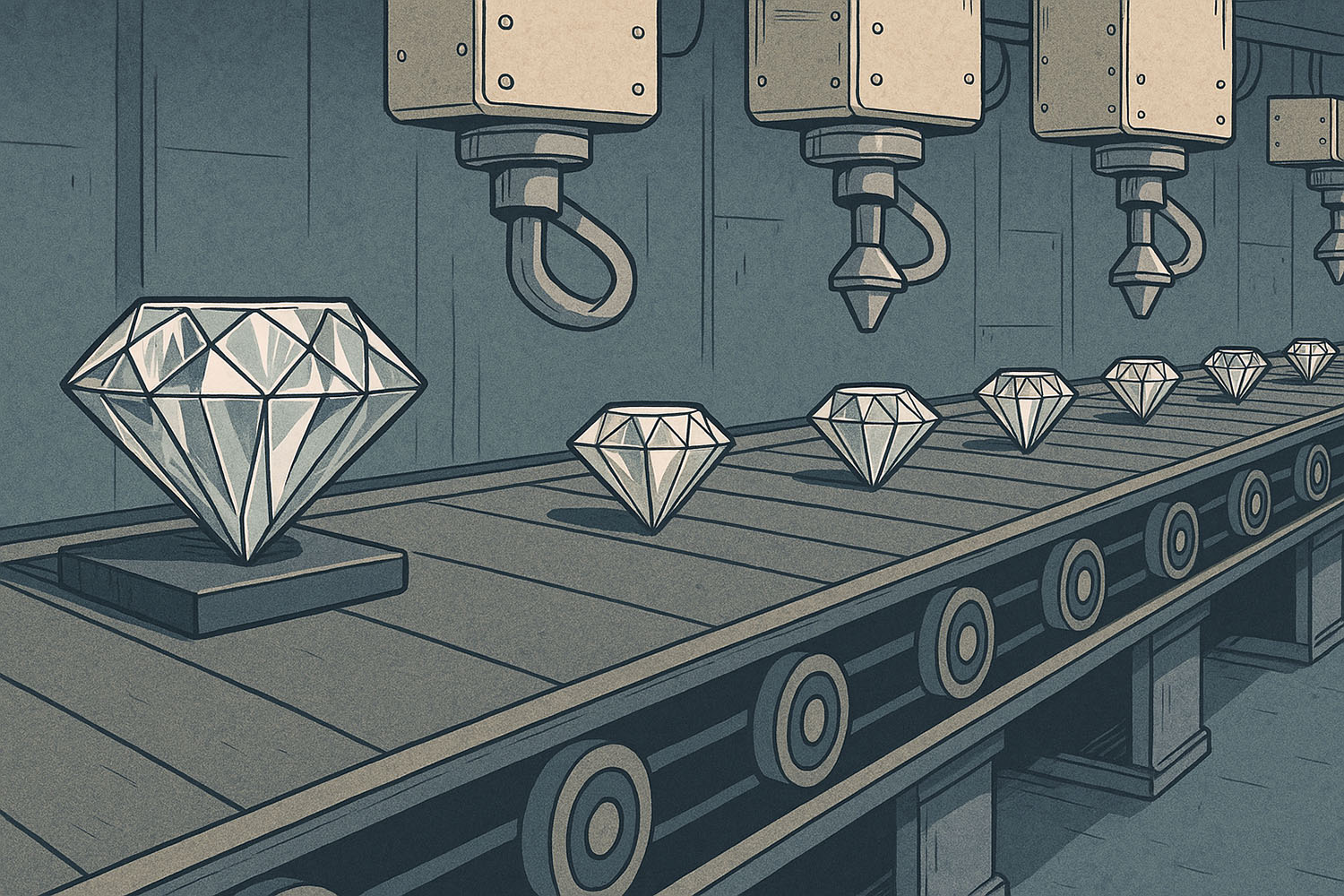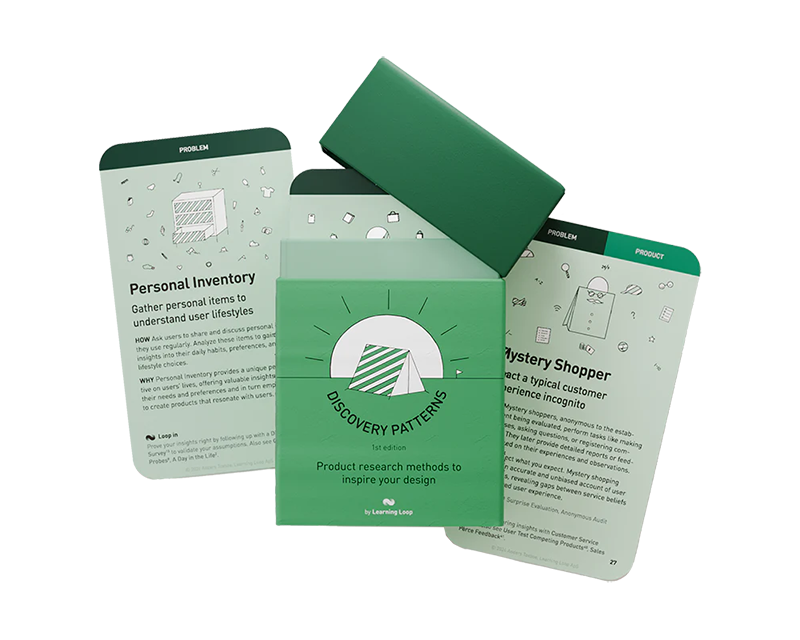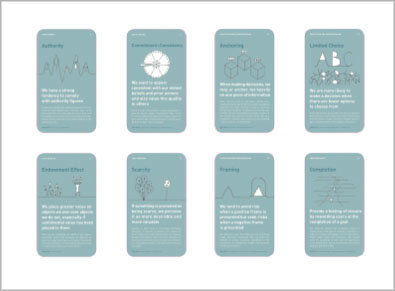Development speed is becoming a commodity
As AI reshapes how we build software, development speed is no longer the bottleneck. The real differentiators are now clarity, adaptability, and decision-making.
Discover what truly matters with the Discovery Patterns card deck
A collection of product discovery techniques to uncover insights and build products people need.
Get your deck!It happened quickly. AI flipped the script.
AI was launched as a handy way to autocomplete code (co-pilot). Back then, humans were the main driver of coding getting help from AI. Now it’s the other way around. The main driver of writing code is now the AI with humans only stepping in to get the AI unstuck.
And with that shift, something fundamental has changed:
Development speed is no longer the differentiator. It’s becoming a commodity.
When speed becomes abundant, it stops being valuable
Historically, how fast a team could ship features was a competitive advantage. That speed came from having the right engineers, the right agile process, and the right structure. We spent years optimizing around it. We trained teams in Scrum and SAFe. We implemented delivery pipelines, sprint rituals, burndown charts, velocity tracking… all in the name of moving faster.
But when everyone can build faster, faster is no longer special.

A solo founder can build a first polished product in a weekend. Startups can launch in days, not months. Senior engineers are now not coaching junior engineers, but AI coding agents instead.
The moment something becomes abundant, its value collapses. Development speed is collapsing.
“Delivery Agile” was already flawed. AI just exposed it faster.
Scrum, SAFe, and similar frameworks claim to enable agility, but most organizations implemented them poorly. They bought the training, ran the workshops, and added all the ceremonies. But they never really changed their mindset. Agile became another layer of process and admin:
More meetings. More reporting. More planning. More overhead.
All in pursuit of increasing delivery speed.
But that was the wrong game to begin with, and now it doesn’t even matter. Because speed is no longer the constraint.
The tragedy? We built massive operational machines to optimize a metric that AI just made cheap.
If speed is no longer the bottleneck, what is?
Clarity. Decision-making. Adaptability.
When development is cheap and fast, your real constraint becomes the quality of your product decisions, and how fast you can learn and adjust them. The new differentiators are:
- How close you are to your customers
- How fast you validate ideas
- How effectively you reduce product, tech, and process debt
- How well your team embraces uncertainty and learns
I call this strategic agility.
This is the kind of agility Agile was supposed to enable, but rarely did in practice.

In this new reality, product teams need to shift their focus.
It starts by staying close to users. Frequent contact and genuine curiosity lead to insights that no AI model or metrics dashboard can replicate. Real understanding of customer needs, empathizing with customers, and building up a product sense remains irreplaceable.
Once you have that clarity and sense, the next step is removing friction of getting your product ideas successfully to market. Cut bureaucracy and reduce product debt. Being able to move quickly isn’t just about team velocity, it’s about lowering the cost of change. Teams that can adapt on the fly, with minimal red tape, win.
“Teams that can adapt on the fly, with minimal red tape, win.”
But speed and clarity alone aren’t enough. The mindset has to evolve too. A growth mindset, one that embraces being wrong, learning fast, and improving continuously, is what allows teams to survive when direction is uncertain. The future rewards those who adapt, not just those who execute.
And when the path is unclear, small steps matter more than big leaps. Teams need to resist the urge to bet the house and instead focus on small, learnable bets that reduce risk while building momentum.
Above all, great teams never lose sight of one core question: “What’s in it for the customer?” That’s still the most reliable compass you have.
Ask the question your users care about most: “What’s in it for me?”
The real edge isn’t in how fast you build. It’s in how fast you learn.
Development speed has been commoditized.
What separates great product teams now isn’t how quickly they ship—it’s how quickly they figure out what’s worth shipping in the first place.
Because in the end, speed without clarity just gets you to the wrong destination faster.
Let’s play a better game.
- Free: The Future of a Radical Price by Chris Anderson
- Development velocity' was never really the issue by Anders Toxboe

